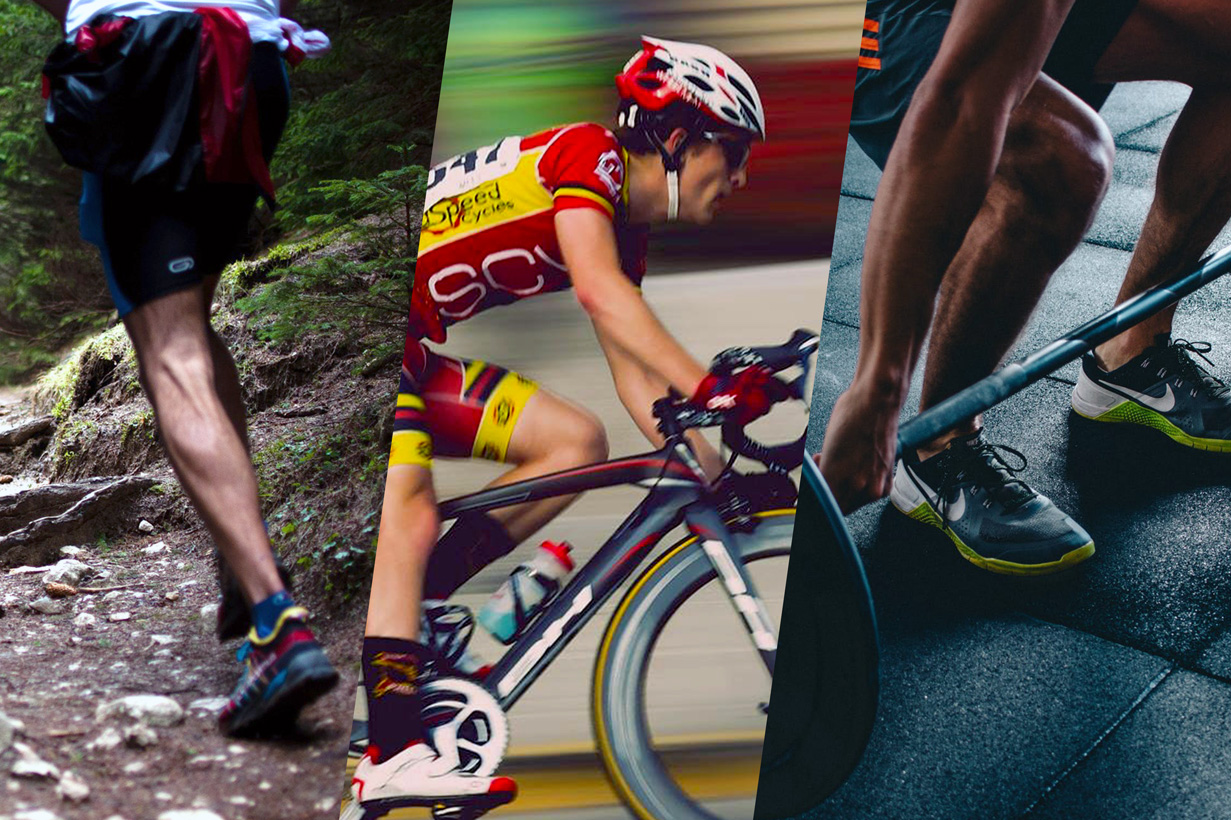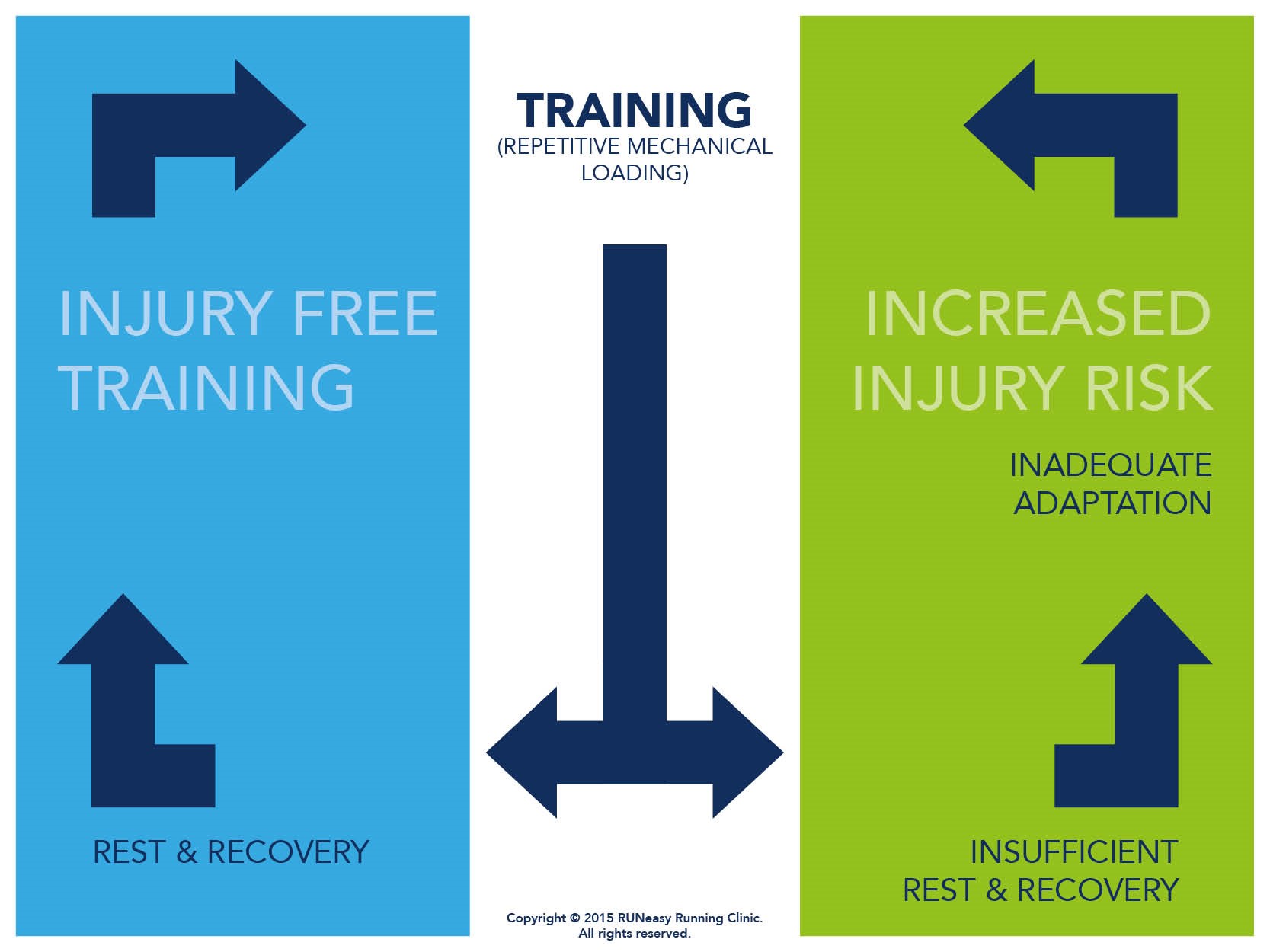4 Step Plan For Optimal Recovery

Endurance events such as stage races or ultra endurance competitions place a lot of stress on our muscles, tendons and bones.
Optimal recovery after these events is important in order to prevent injury as well as facilitate faster return to peak performance. When we neglect our post-race recovery, tissue breakdown will overtake repair, thus predisposing us to injury. In contrast keeping the balance between training and recovery will decrease our risk of injury.
A 4-step plan for optimal recovery:
- Sleep
Sleep is a secret weapon. The major restorative functions in the body occur during sleep. During the deep sleep phase, your pituitary gland releases a shot of growth hormone that stimulates tissue growth and muscle repair. Lack of sleep and changes in sleep quality cause a sharp decline in growth hormone secretion. Growth hormone deficiency is associated with loss of muscle mass and reduced exercise capacity. It is therefor important to get your 8-hours of shut-eye to facilitate optimal recovery.
- Eat
Every athlete knows that optimal nutrition is key in providing the building blocks for post-exercise recovery. Poor nutrition is linked to a higher risk of injury in endurance athletes. Make sure to include enough high quality protein, as well as calcium-rich foods that would provide the building blocks for optimal muscle and bone repair after long endurance events.
- Active Recovery
The purpose of active recovery is to engage muscles that are tired or sore from training or racing. Active recovery focuses on completing a workout at a low intensity, just high enough to get the blood moving in order to help reduce residual fatigue in the muscles. Improved circulation during low intensity workouts assists in removing lactic acid from the muscles thus improving muscle recovery. Basically any light exercise that will improve circulation without stressing the muscles will do. Cross training such as swimming, yoga, walking and cycling are good low intensity workouts. Aim for 20-30 minutes of active recovery.
- Other Recovery Interventions
Massage, cryotherapy (ice baths) and the use of compression garments have also been found to be beneficial during post-race recovery. Massage and cryotherapy seems to be the most effective to reduce perceived muscle soreness and enhance post-workout recovery.
Remember recovery starts the moment you cross the finish line. So next time you’re smashed after a hard race follow these simple strategies to help you get back on your feet (or bike) faster.

#RunRestRecoverRepeat
#BikeRestRecoverRepeat
